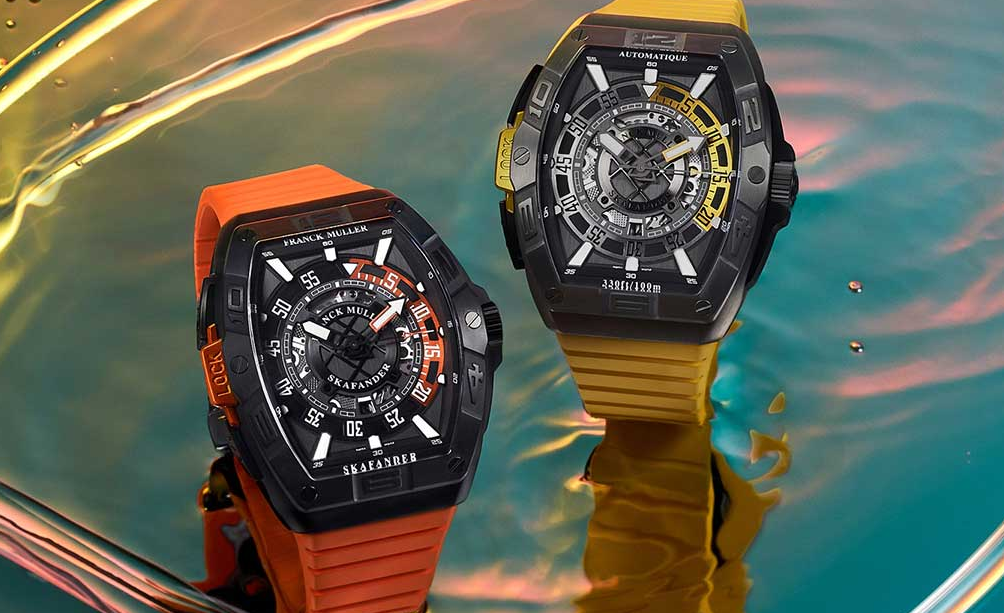Imagine walking into a dimly lit gallery—not of paintings, but of time. On one pedestal stands a watch that curves like a Baroque sculpture, its dial bursting with numerals in theatrical motion. On another pedestal sits a futuristic time machine—angular, skeletal, and crafted from materials used in Formula 1.
They are Franck Muller and Richard Mille—two avant-garde forces in the world of luxury watchmaking. Though both are relatively young compared to centuries-old brands like Patek Philippe or Vacheron Constantin, they’ve redefined what high horology can look like. One embraces artistic flamboyance and complications with an Old World charm; the other, cutting-edge materials and shock-defying engineering, wrapped in a bold, ultra-modern silhouette.

But which brand truly pushes the boundaries of watchmaking? Which speaks more to the future—and which honors the soul of tradition, albeit in unconventional ways?
Let’s dive deep into the world of Franck Muller and Richard Mille to understand what makes each tick—literally and metaphorically.
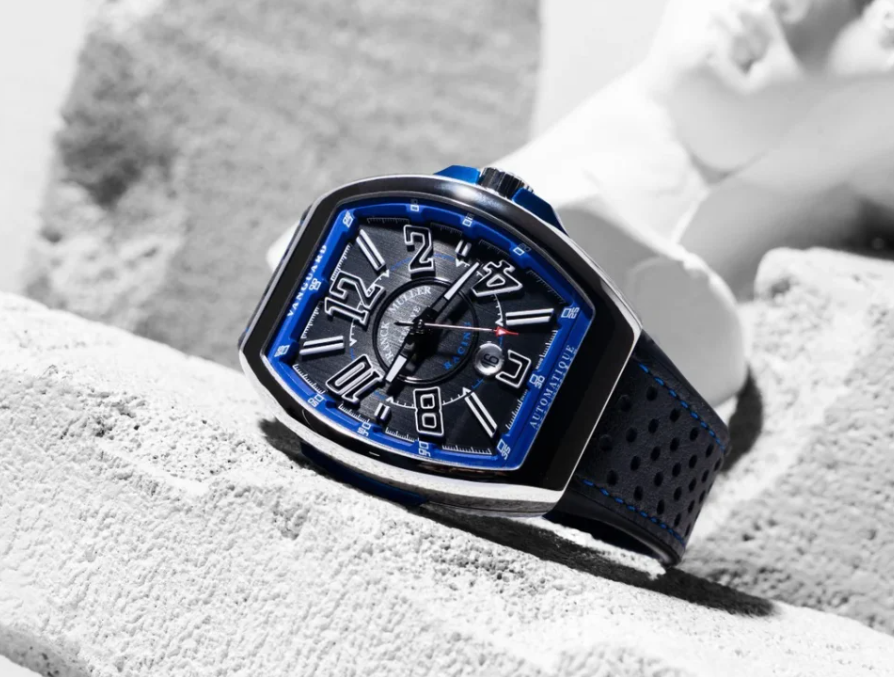
Established in 1991 by Franck Muller and Vartan Sirmakes in Geneva, the brand swiftly gained fame for producing highly complex mechanical movements wrapped in artful designs. From the beginning, Franck Muller set out to be different. While the rest of the industry focused on minimalism and sleek modernism, Franck Muller reintroduced curved tonneau cases, exploding numerals, and classical complications, all executed with flair.
Within a few years, Franck Muller was dubbed the “Master of Complications,” having introduced some of the world’s most intricate wristwatches, including the Aeternitas Mega 4, which contains 36 complications and over 1,400 components.
Richard Mille: The Watch of the Future
Fast forward to 2001, and another maverick emerged. Richard Mille launched his first watch, the RM 001 Tourbillon, and immediately changed the language of watchmaking. His goal? To build “racing machines for the wrist.” Combining high-tech materials—carbon nanotubes, titanium, LITAL? alloy—with skeletonized movements and futuristic designs, Richard Mille created watches that were light, extremely durable, and unmistakably bold.

In just two decades, Richard Mille has become a status symbol among athletes, celebrities, and modern collectors alike, praised for its technical daring and unapologetic design.
Franck Muller watches replica are a theatrical performance on your wrist. The Cintrée Curvex case is the brand’s signature—elegantly curved to hug the wrist and evoke vintage Art Deco glamour. The dials often feature exploding Breguet-style numerals, colorful guilloché backgrounds, and classically styled complications like tourbillons, perpetual calendars, and retrograde indicators.
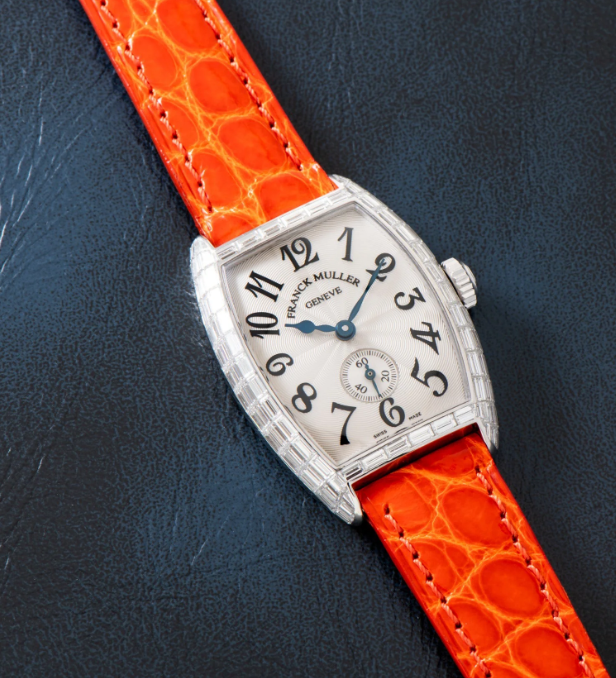
There’s a romantic flamboyance to Franck Muller—luxurious without being too serious, decorative yet deeply technical. Models like the Crazy Hours, where numerals are scrambled and the hour hand jumps unpredictably, showcase the brand’s blend of whimsy and genius.
Richard Mille: Aesthetic of the Future
Richard Mille designs are the polar opposite. There is no room for tradition here—no baroque fonts or classic round cases. Instead, you get a tonneau-shaped chassis, skeletonized dials, and ultra-modern finishes that often expose every gear, bridge, and spring. Dials are usually open-worked or entirely see-through, revealing the high-performance mechanics underneath.
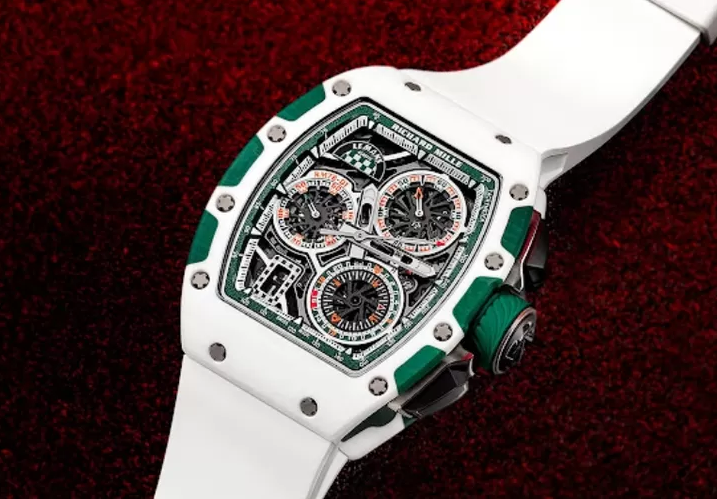
The visual language speaks to speed, precision, and innovation. A Richard Mille looks like it belongs on the wrist of a race car driver, a tech billionaire, or a space traveler—not in a museum, but in a simulator.
Franck Muller’s expertise lies in the mechanical complication—and not just one or two. Their watches often carry multiple high-end features, such as tourbillons, minute repeaters, eternal calendars, chronographs, and even thermometers. The aforementioned Aeternitas Mega 4 is the most complicated wristwatch in the world.
The brand is less interested in shock resistance or featherweight design; its technical ambition is more classical and poetic, rooted in 19th-century mechanical mastery—just dialed up with 21st-century flair.
Richard Mille has redefined technical watchmaking not by complications, but by innovative materials and architecture. Their watches often include a tourbillon, but housed within grade 5 titanium bridges, carbon TPT cases, or quartz nanofiber composites. The goal isn’t just beauty—it’s performance under stress.
Some models can survive up to 5,000 Gs of force, making them suitable for professional athletes like Rafael Nadal, who famously wore the RM 27-03 while playing championship tennis matches. Richard Mille emphasizes weight-to-strength ratio, shock absorption, and space-age assembly.
Franck Muller appeals to connoisseurs who appreciate classical watchmaking, but don’t want something boring or too old-fashioned. Their audience often includes seasoned collectors looking for conversation pieces with genuine horological depth. The brand is a favorite among watch enthusiasts in Europe, Asia, and the Middle East who enjoy the blend of art and mechanical genius.
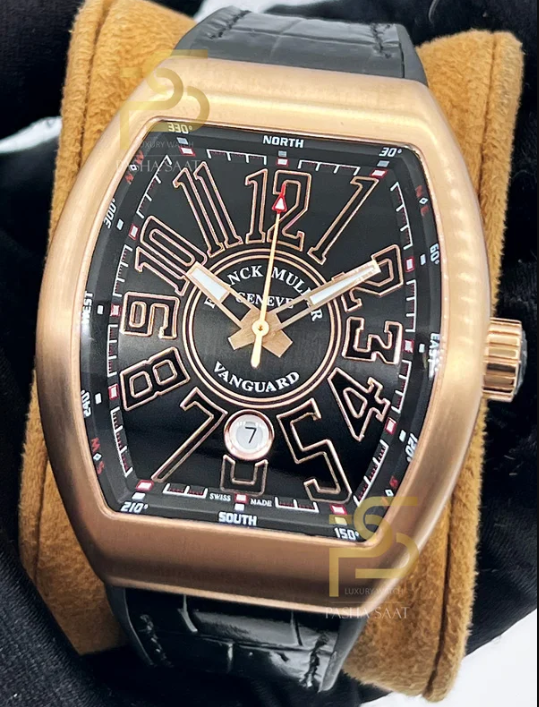
Celebrities like Elton John, Cristiano Ronaldo (in his early days), and Kanye West have been seen wearing Franck Muller, but its appeal leans more toward private collectors than pop culture icons.
Resale value can vary, with collector interest stronger in rare or unique editions. While not typically seen as an “investment watch,” Franck Muller offers a lot of craftsmanship for those who love creative complications.
Richard Mille’s prices begin at six figures, and limited editions or ultra-complicated models like the RM 56-02 Sapphire can reach millions. Their top replica watches are not priced by complication but by innovation, materials, and exclusivity.
Because of limited production and massive celebrity influence, Richard Mille watches hold or even increase in value, especially in the secondary market. It’s not just a watch—it’s a tech-luxury commodity.
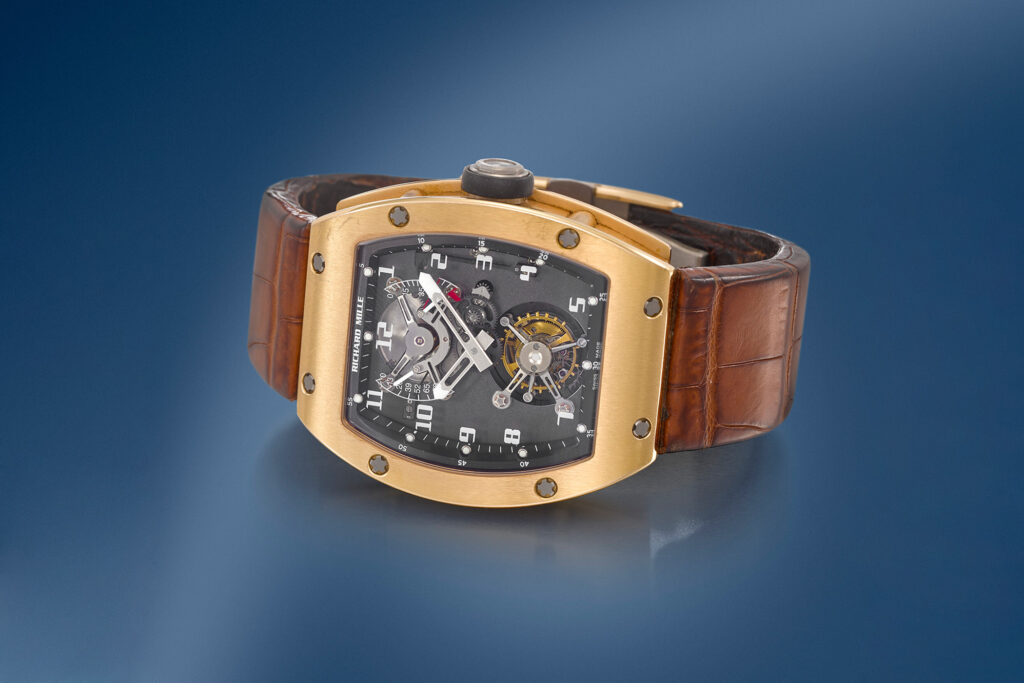
Choosing between Franck Muller and Richard Mille is like choosing between Salvador Dalí and Elon Musk—both are visionary in their fields, but speak vastly different languages.
Franck Muller is for the romantic technologist, the collector who values tradition, beauty, and horological complexity delivered with flair.
Richard Mille is for the modern pioneer, someone who sees the wrist not just as a canvas for time, but for innovation, performance, and statement.
Whichever brand you lean toward, you’re not just buying a watch—you’re investing in a philosophy of time that dares to be different.
